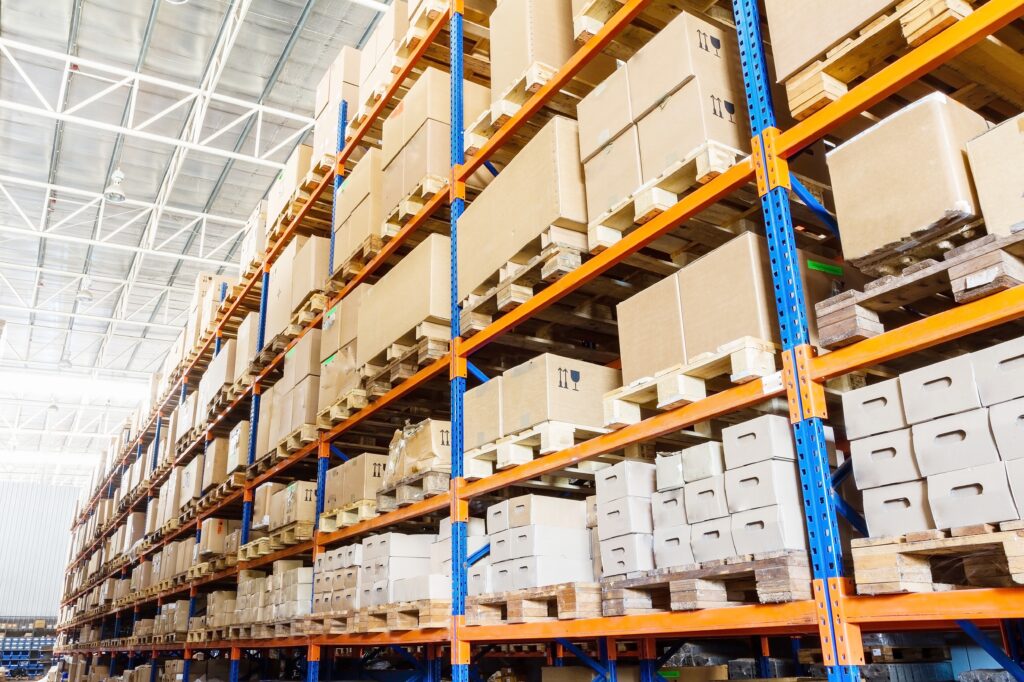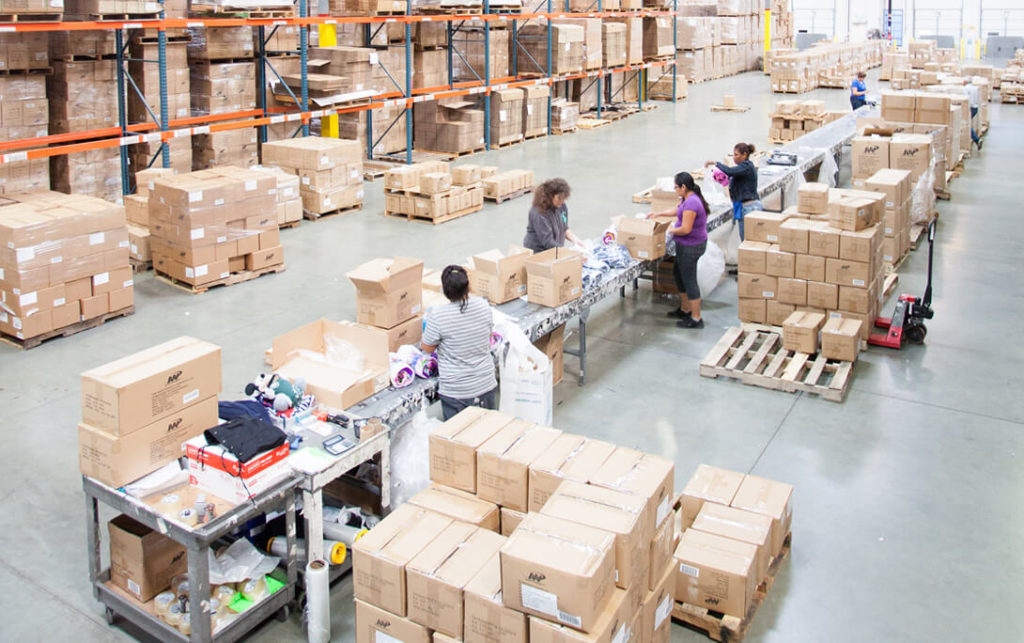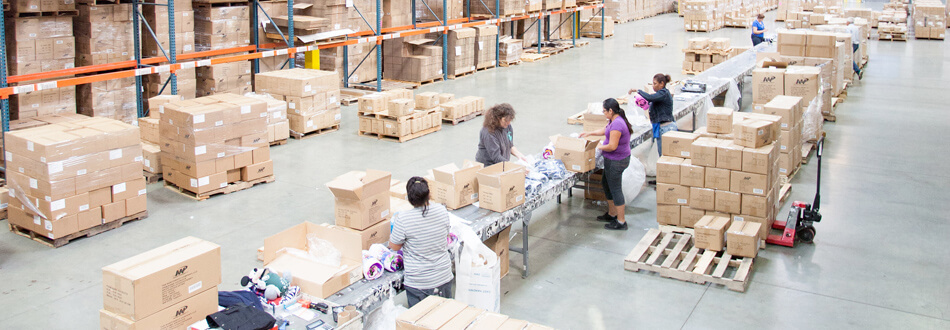
Embarking on the journey to get your brand into big box retail stores can be a daunting task, but with the right strategies and partners, it’s a goal well within reach. Distribution Alternatives stands as a beacon of support for businesses navigating the complexities of the retail landscape, offering a comprehensive suite of services designed to streamline the retail distribution process and maximize success.
Should I establish a scalable manufacturing process?
Establishing a scalable manufacturing (MFG) process is a crucial step in the journey to get your brand into big box retailers.
With a focus on scalability, it is imperative that businesses design their MFG processes to easily adapt to fluctuations in demand and accommodate future growth opportunities. Whether it’s streamlining production lines, implementing lean manufacturing principles, or optimizing inventory management systems, businesses should build a robust MFG foundation that lays the groundwork for successful entry into big box retail environments.
How do I work with a retail broker?
Collaborating with a retail broker is a strategic move that can significantly accelerate the process of getting your brand into big box retailers, and Distribution Alternatives advocates for this essential partnership. Retail brokers serve as invaluable intermediaries, leveraging their extensive networks, industry insights, and negotiating prowess to connect brands with the right retail partners. By working with a retail broker, brands gain access to invaluable expertise and guidance, navigating the intricate landscape of big box retail with confidence and efficiency. From identifying the most suitable retail outlets to negotiating favorable terms and securing coveted shelf space, retail brokers play a pivotal role in helping brands achieve their retail goals. Moreover, by tapping into the broker’s established relationships and market knowledge, brands can expedite the onboarding process and position themselves for long-term success in the competitive retail arena. In essence, partnering with a retail broker through Distribution Alternatives equips brands with the tools and support they need to navigate the complexities of big box retail and unlock new avenues for growth and expansion
How do I organize my product lines?
Organizing your product lines is a pivotal step in preparing for entry into big box retailers. Presenting a well-organized and cohesive product assortment is key to capturing the attention of retailers and consumers alike. Businesses should evaluate their product offerings, identify core categories, and develop a strategic framework for organizing their product lines. Whether segmenting products by category, brand, or price point, the goal is to create a structured and visually appealing presentation that resonates with retailers and enhances the overall shopping experience for consumers. By leveraging expertise in product line organization, businesses can streamline their offerings, optimize shelf space, and position themselves for success in the competitive retail landscape. With a well-organized product line, businesses can confidently navigate the complexities of big box retail and unlock new opportunities for growth and expansion.
How do I choose the right 3PL?
Choosing a strong third-party logistics (3PL) partner is crucial for businesses aiming to enter big box retailers, and Distribution Alternatives stands out as a reliable ally in this endeavor. Understanding your product line intricately, including SKUs, packaging requirements, and any hazmat considerations, is fundamental to ensuring seamless logistics operations. With Distribution Alternatives, businesses benefit from a partner that comprehensively grasps the unique aspects of their product line, enabling tailored solutions that address specific needs and challenges. Moreover, Distribution Alternatives collaborates with businesses to establish or integrate Electronic Data Interchange (EDI) solutions, streamlining communication and data exchange with big box retailers for seamless order processing and inventory management.
How do I figure out routing and shipping for my products?
In addition to understanding your product line and implementing EDI solutions, Distribution Alternatives assists businesses in finding the right solution for routing and shipping orders. Navigating the complexities of routing and shipping can be daunting, but with Distribution Alternatives’ expertise and industry connections, businesses should feel confident that their needs and objectives will be aligned. Whether it’s accessing a retailers’ transportation management system (TMS) portal to schedule a pick up or selecting reliable carriers that can optimize transportation routes which minimizes costs and lead times, Distribution Alternatives offers invaluable guidance throughout the shipping process.
By partnering with Distribution Alternatives as their 3PL partner, businesses can leverage a wealth of resources and expertise to streamline their logistics operations and enhance their readiness for big box retail. With a strong focus on understanding the intricacies of the product line, implementing EDI solutions, and facilitating selections for routing and shipping, Distribution Alternatives empowers businesses to navigate the complexities of logistics with confidence and efficiency. As a result, businesses can position themselves for success in the competitive retail landscape and forge enduring partnerships with big box retailers.
To find out how to partner with Distribution Alternatives, contact us today.




